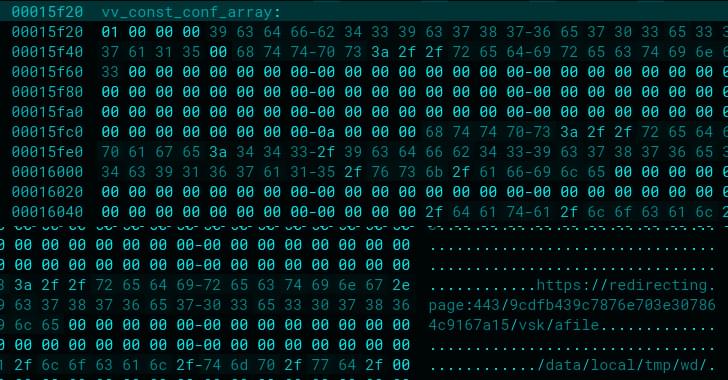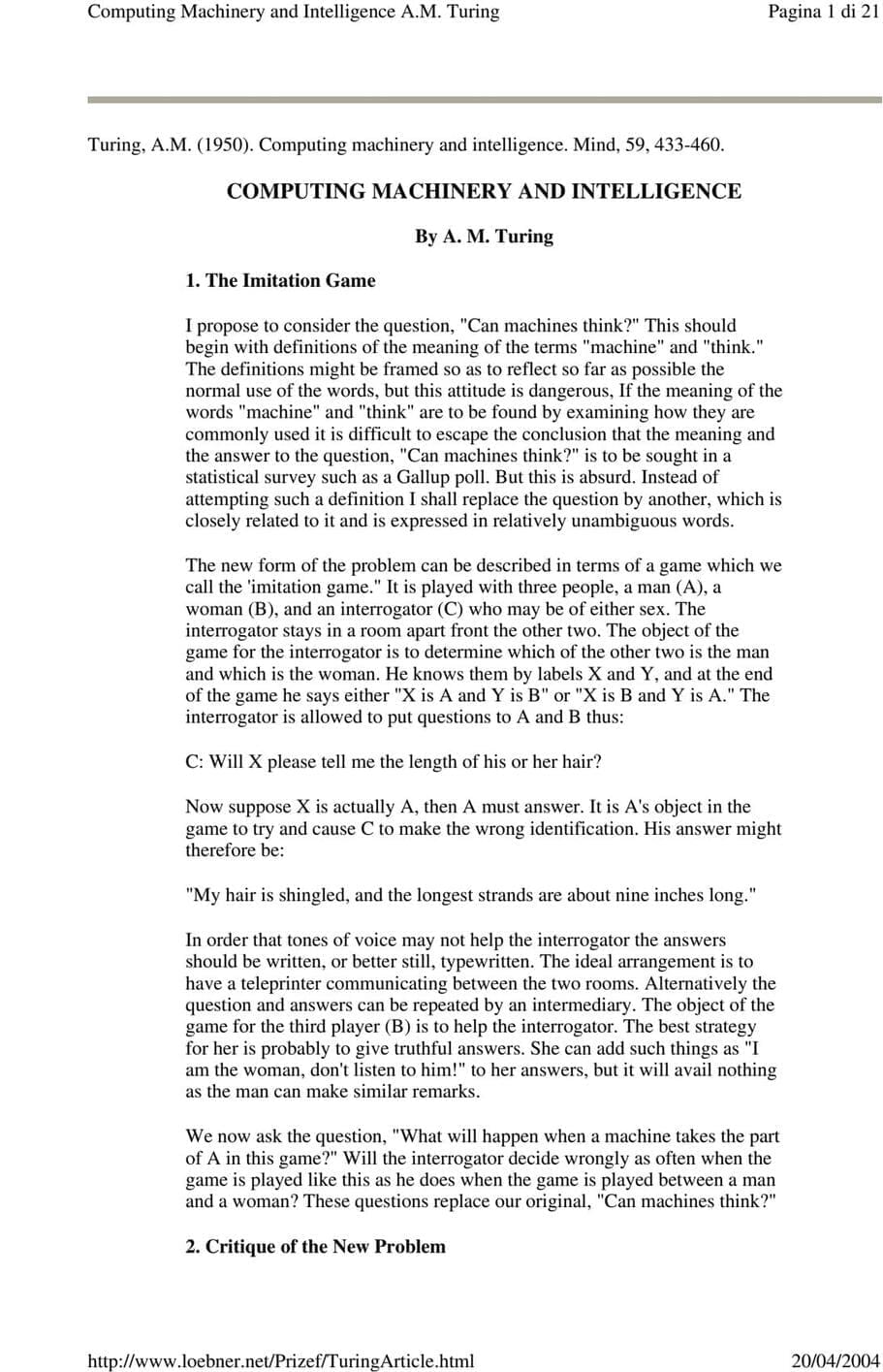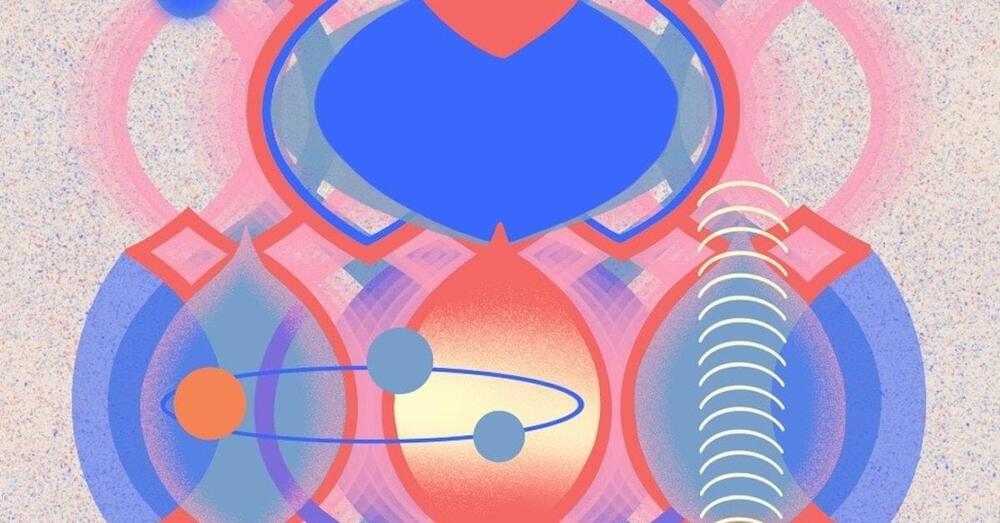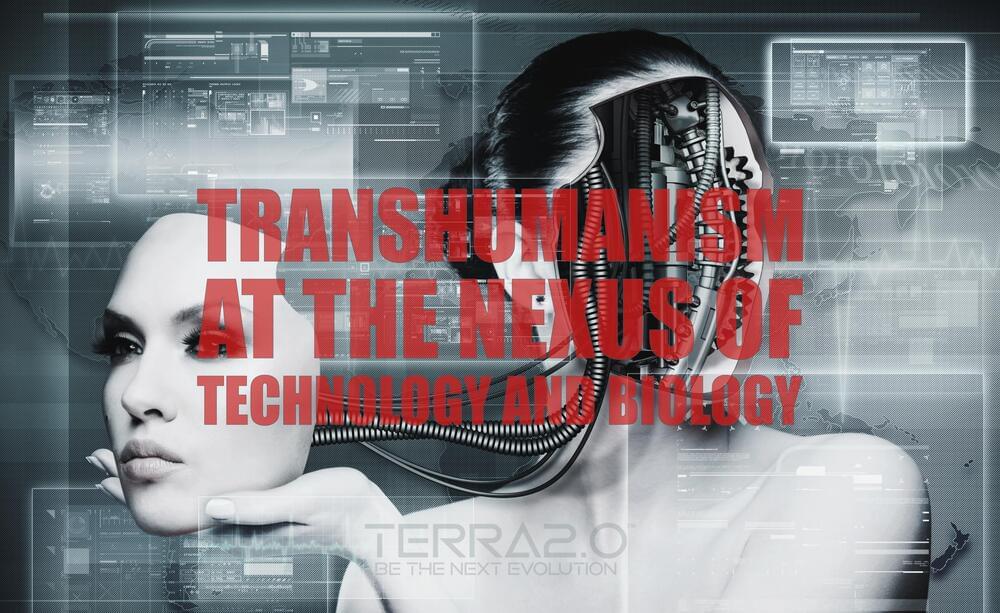Security researchers have detailed the inner workings of the commercial Android spyware called Predator, which is marketed by the Israeli company Intellexa (previously Cytrox).
Predator was first documented by Google’s Threat Analysis Group (TAG) in May 2022 as part of attacks leveraging five different zero-day flaws in the Chrome web browser and Android.
The spyware, which is delivered by means of another loader component known as Alien, is equipped to record audio from phone calls and VoIP-based apps as well as gather contacts and messages, including from Signal, WhatsApp, and Telegram.





